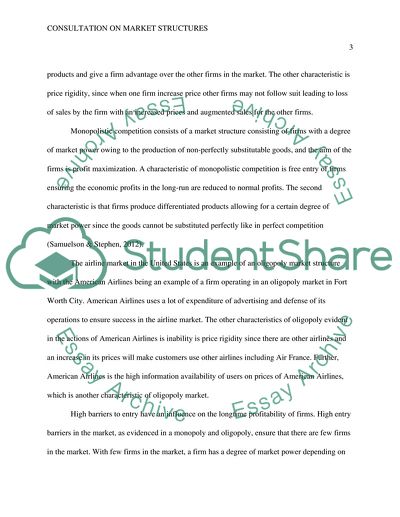Cite this document
(“Microeconomics Essay Example | Topics and Well Written Essays - 2000 words - 4”, n.d.)
Retrieved de https://studentshare.org/macro-microeconomics/1664394-microeconomics
Retrieved de https://studentshare.org/macro-microeconomics/1664394-microeconomics
(Microeconomics Essay Example | Topics and Well Written Essays - 2000 Words - 4)
https://studentshare.org/macro-microeconomics/1664394-microeconomics.
https://studentshare.org/macro-microeconomics/1664394-microeconomics.
“Microeconomics Essay Example | Topics and Well Written Essays - 2000 Words - 4”, n.d. https://studentshare.org/macro-microeconomics/1664394-microeconomics.


